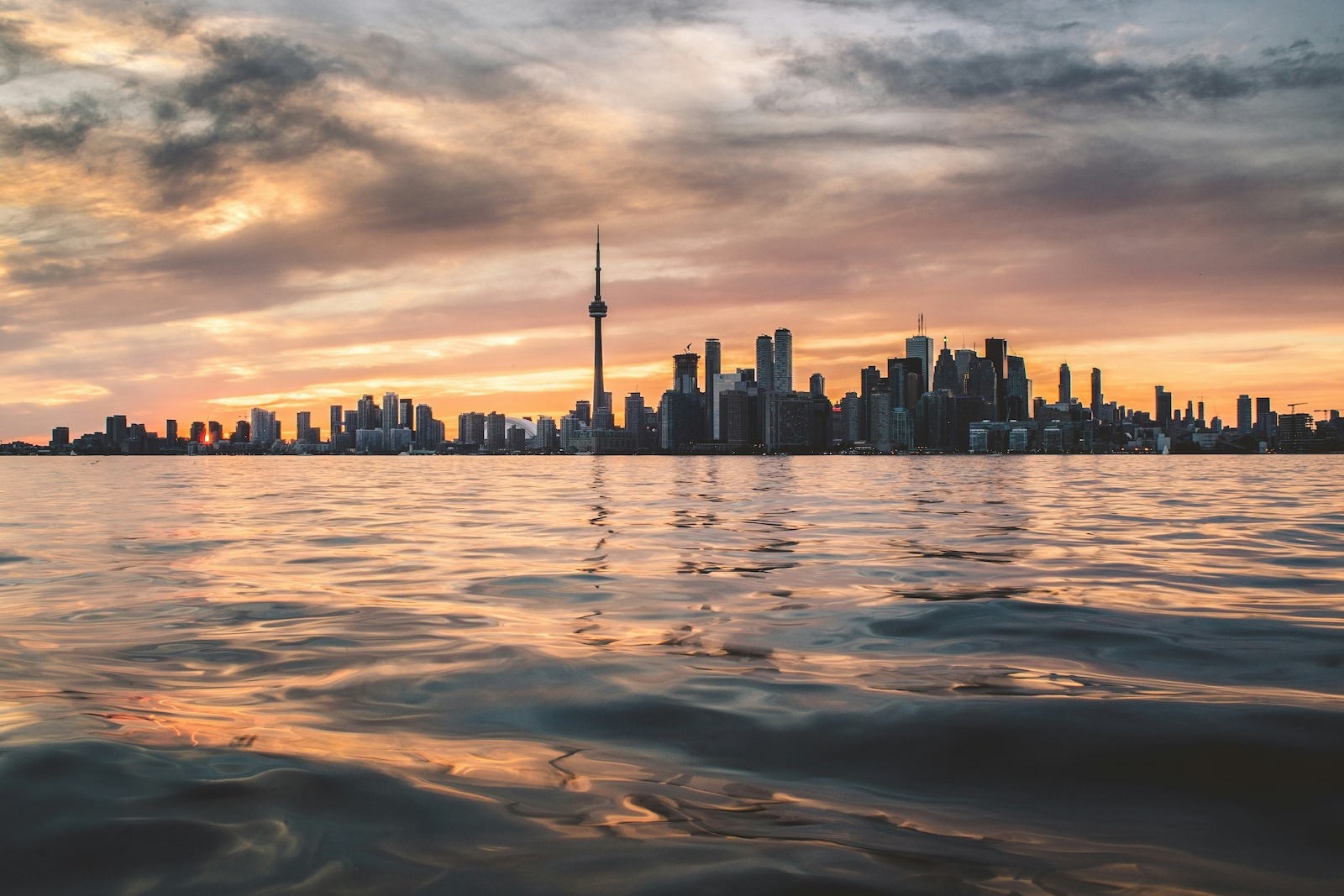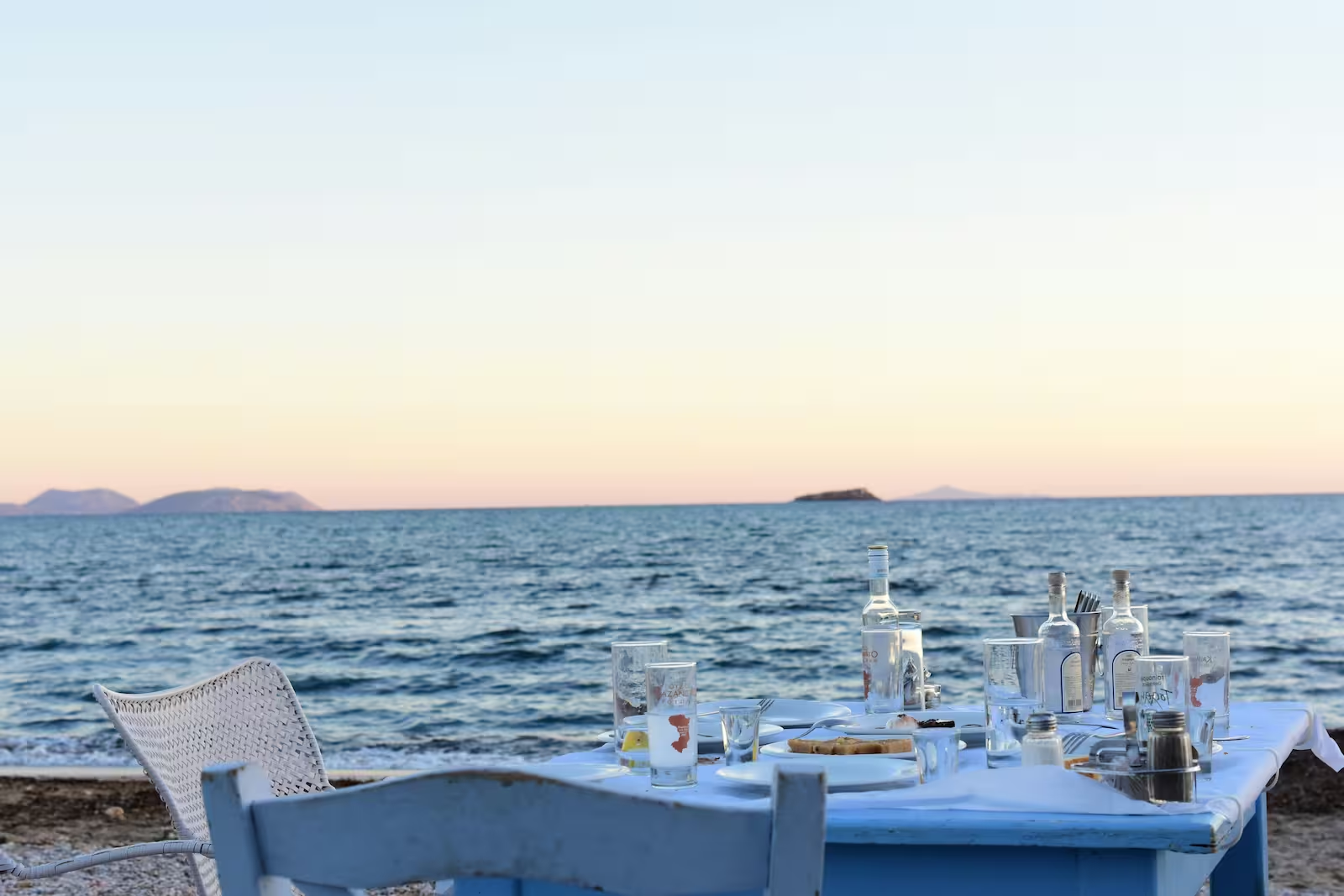On the coast of British Columbia you’ll find protected forestland home to the sacred ‘Spirit Bear’. A subspecies of the American Black Bear, its white fur and rare status make this creature every bit allusive as the name suggests. Though the forest is named after this revered mammal, you’ll find all kinds of creatures lurking in the woods and water: including, but not limited to, humpback whales, sea lions, and the Vancouver coastal sea wolf. Their home is permanently off-limits for logging, but safe and sustainable tourism in small numbers gets the go-ahead.
Planning a trip? Skratch has partnered with Sherpa to offer simple, trusted visa applications. Get your Canada eVISA here.

What is the Great Bear Rainforest?
Encompassing British Columbia’s north and central coastline, the Great Bear Rainforest covers around 6.4 million hectares of land. Put into perspective, this region of undisturbed forest alone is the same size as Ireland. It goes all the way from Southeast Alaska to the Discovery Islands, with all offshore islands being included within the range — the sole exceptions to this being Vancouver Island and the Haida Gwaii archipelago.
It belongs to the world’s biggest coastal temperate rainforest, but just the Great Bear Rainforest alone represents 25% of the remaining woodlands of this kind. It’s why keeping the land safe is so important. WWF recognised the Great Bear Rainforest as a “Gift to the Earth” back in 2007, but its survival is only possible thanks to the First Nations community who have fiercely protected the rainforest for thousands of years. As a result of their efforts, industrial logging is forbidden in the Great Bear Rainforest: making this destination a conservation-friendly milestone.

Through the seasons 🌱☀️🍁
Only accessible through May to October, what the Great Bear Rainforest looks like in the winter months remains a bigger mystery than the spirit bear itself. But the spring, summer and autumn periods more than make up for this gap in knowledge — as each transition has different opportunities for animal watching.
The sleepy spring period is where life blossoms once more. From the start of May to early July, you’ll see bird migrations in the sky, mountain goats drinking by the water, and sleepy bears fresh from their hibernation. The winter landscape has started to thaw, but when you explore the fjords, you’ll still be able to spot snow at the top.
Summer is short but sweet in this corner of British Columbia. From the middle of July to the middle of August, you’ll witness just how impressive the region’s marine biodiversity is. The coast is home to over 100 fin whales, in addition to humpback whales, killer whales, and porpoises. Wanting to get in on under the sea action, the endemic Vancouver coastal sea wolves scour the sandy beaches in search for their next fishy meal.
For your best chance of spotting a spirit bear at the Great Bear Rainforest, travel in autumn. From late August to early September, the annual salmon run takes place in British Columbia. As millions of salmon prepare for migration, the bears come out of hiding in hopes to catch them. But even if you cannot visit at this specific time, you still have a good chance of spotting a spirit bear right up until the end of October.

How you can visit sustainably
When you hear about once unspoilt destinations becoming polluted from mass tourism, it’s disheartening. Fortunately, there has been a real drive in the travel industry toward more sustainable strategies and measures. Canada’s Great Bear Rainforest has always been ahead of its time in this respect.
Eco-tourism helps the Great Bear Rainforest thrive — and Maple Leaf Adventures is dedicated to keeping it this way. Led by a highly experienced and educated crew, you’ll have the opportunity to experience this majestic landscape all from the comfort of a passenger vessel boat: a much cosier and environmentally friendly ride than a cruise ship. You’ll still have the opportunity to come off-deck and step foot onto the land, with respect to the ever-changing nature.
Prices range from $4,000 to $15,000 with many in-between options. Their boats have a capacity of eight to 24 guests, and so you may need to book in advance as cabins tend to get sold out. Find out more here.
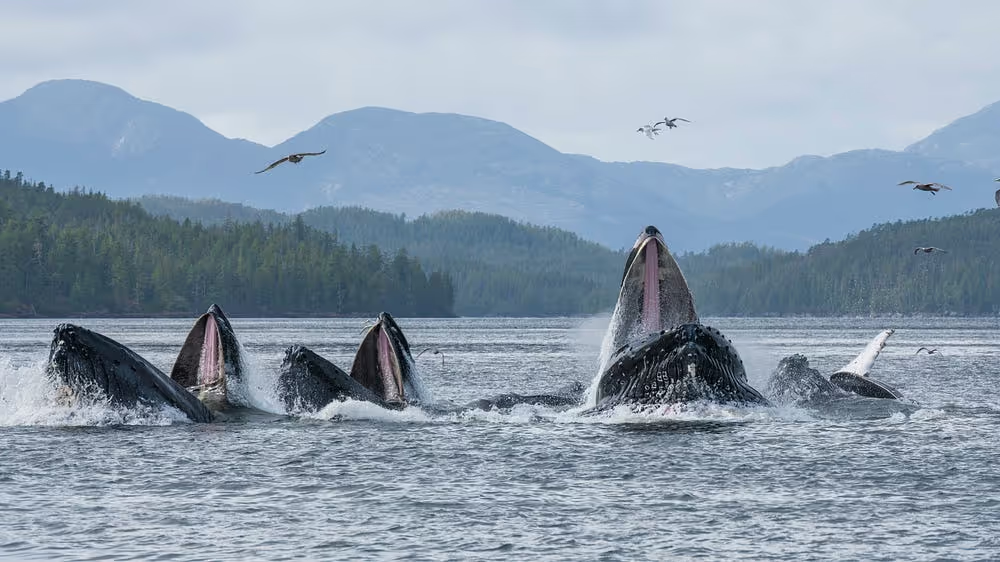







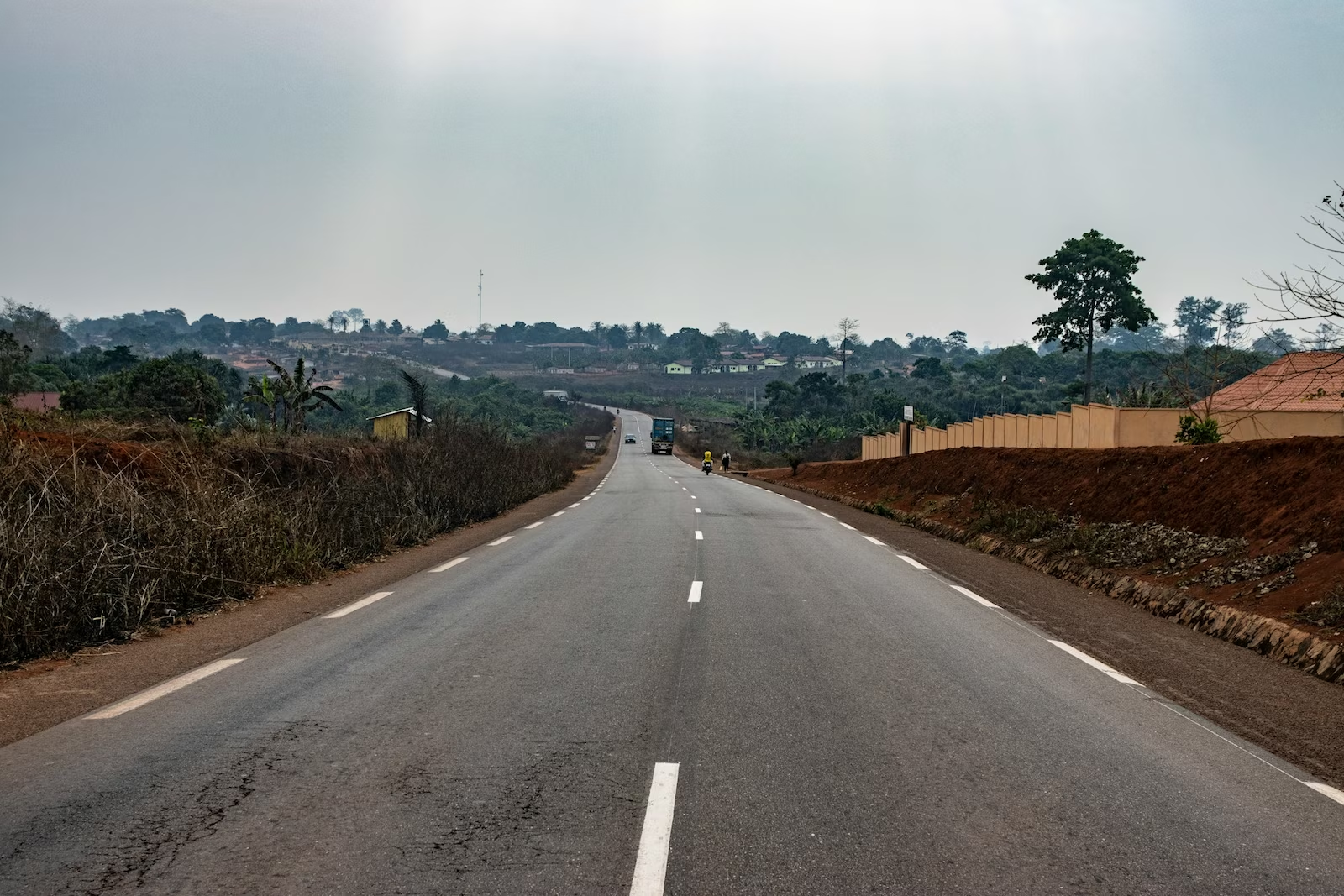




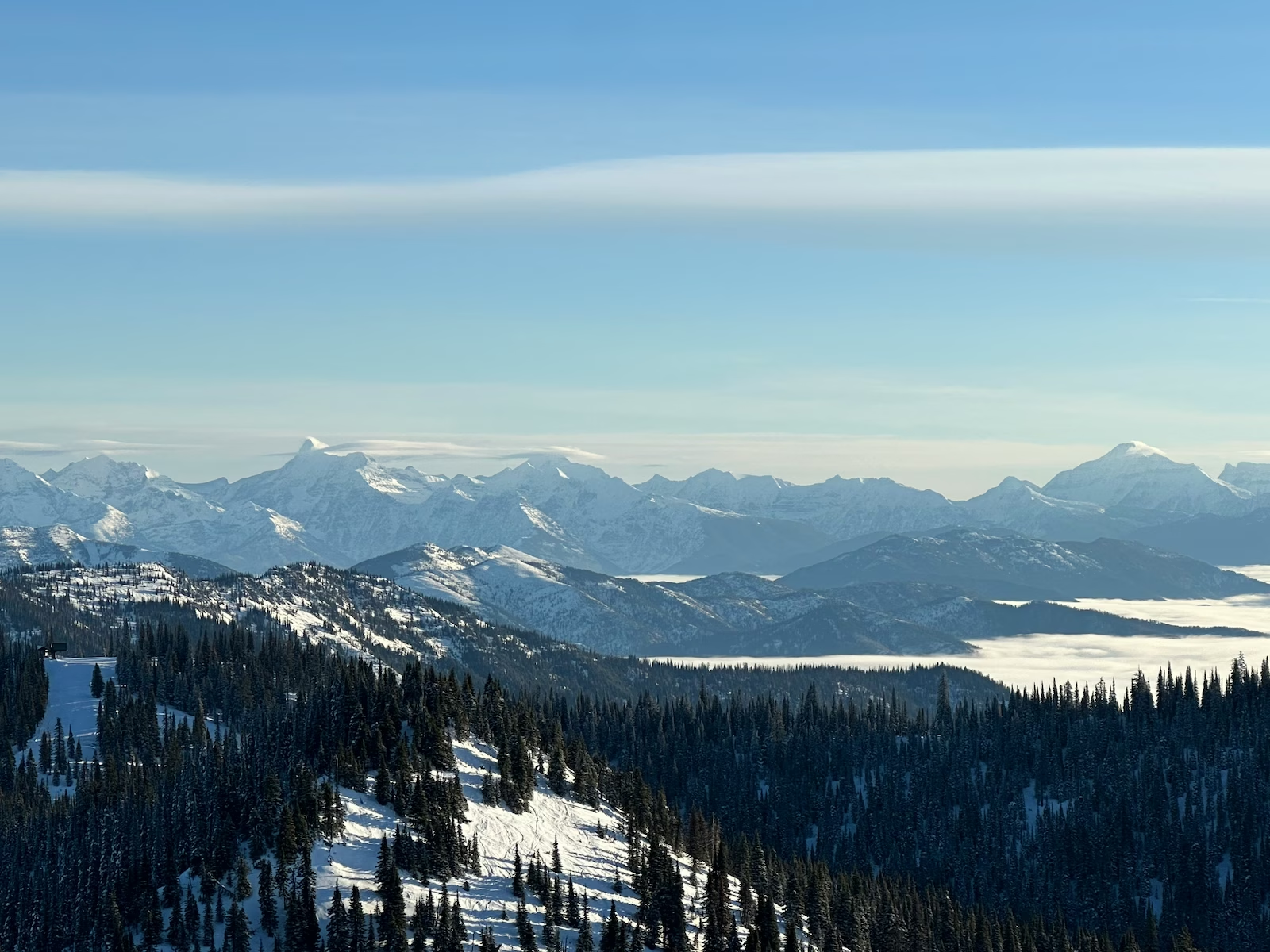
.jpg)
